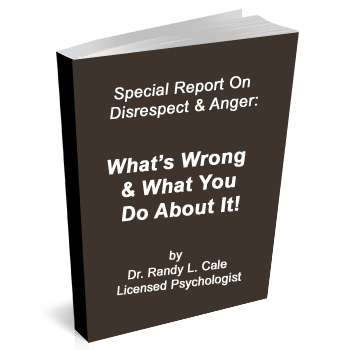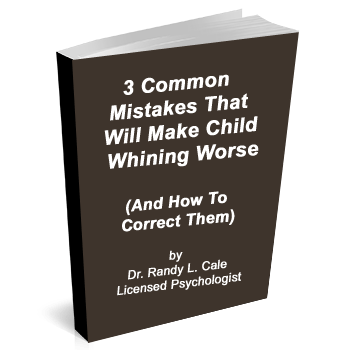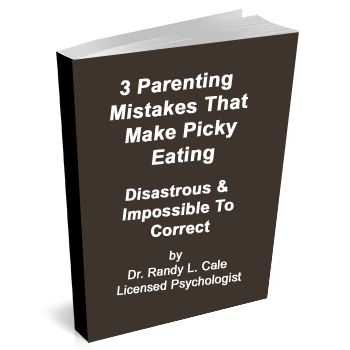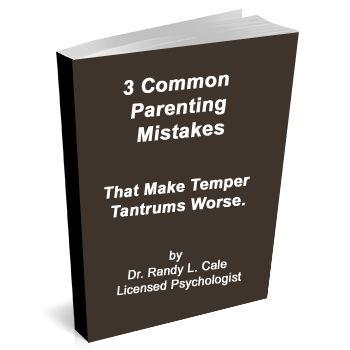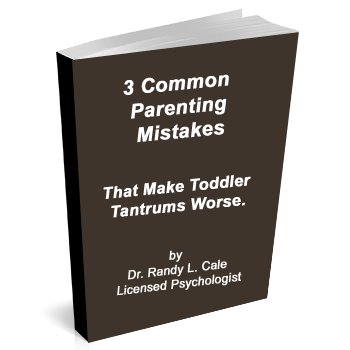It is safe to conclude that technology is continually changing the way we live, the way we work and the way we entertain ourselves. Unfortunately, there is also growing evidence that some of this change is not necessarily for the better. The amount of time spent on our phones, or on video games, is proving to be problematic for our brains and our mental health when used to excess.
But for today, let’s review a technology that helps our brains get stronger and healthier: Neurofeedback, or brain wave biofeedback. In many ways, this discussion may seem like we are transported into a future reality, as the power of this technology to change brains seems like science fiction. Yet, it’s not. It is real, and available now. So, why is this so relevant now?
Our Coping Methods Stink
Our brains are often not serving us. We think of many thoughts that invoke stress, anger, sadness, and frustration. And too often, we accommodate to this. Studies suggest that our mental health is declining, and we not getting stronger emotionally. In response to this stress and angst, we tend to get offered coping methods, rather than change methods.
More than ever before, we rely more on prescription medications to soothe our anxiety and sadness, with very mixed benefits. If not that path, many of us choose alcohol, nicotine, or THC. Or perhaps we just check out in front of some electronic device for hours.
Such approaches are often our preferred methods of coping with a brain that produces considerable anxiety and strife. And unfortunately, none of these produce real happiness or satisfaction. ‘To cope’ is not to find happiness. It is akin to having our hand in a vice, and then getting some pill that relieves the pain. However, we wake up the next day with our hands still in the vice and needing more pills to relieve the pain. No real happiness here.
What we need is a way to change the way in which our brains function, if we want more happiness, more peace of mind, and more ease in life. This is where neurofeedback comes into the picture.
What is Neurofeedback?
The simple version is this: neurofeedback uses simple feedback to transform unhealthy brainwaves into healthier ones. This means brainwave problems that cause ADHD/ADD, anxiety, depression, mental fog, memory loss, and even migraines can be altered and improved so that symptoms are reduced or eliminated. While this process can take several months to complete, the research is showing improved results as each year passes.
This is due to several advances in technology and research, including the ability to complete QEEG, or Neuromapping, in our offices. The Neuromapping allows both the clinician and the client to actually ‘see’ where the most significant problems exist and to target treatment in those areas.
Why the Excitement Over Neurofeedback?
- Efficacy Rates Improving. The research is growing stronger year by year, showing that neurofeedback is proving more effective than other forms of treatment, from therapy to medication. This is dependent upon the disorder, of course. But for ADD/ADHD, for example, the research is showing that neurofeedback is likely superior to almost every form of treatment. And unlike most medications
- No Side Effects. For every medication that affects the brain, there are side effects. For many adults and children, these side effects are remarkably uncomfortable and create their own misery. Neurofeedback has no side effects, other than the occasional sense of fatigue after a session. This is resolved with a bit of rest.
- Doesn’t Require Engagement with the Therapist. Many times, children, and sometimes adults, are resistant to ‘talking’ about their problems. Neurofeedback doesn’t require this type of engagement or discussion. The change is done with the use of technology, and thus children can participate as they watch YouTube, or play a game, using their brainwaves. Children come to easily accept the process, as do adults.
- Results Get After Treatment Completed. With therapy or medication, unfortunately, most research shows that patients decline when treatment stops. However, it appears that Neurofeedback, if done thoroughly, continues to enhance brain functioning after treatment is complete. This appears to occur because the brain is learning, evolving organism, so to speak. When Neurofeedback points the brain to a more efficient and healthier way to function, for many clients these pathways keep growing and evolving after the training is complete. The evidence is strong for this with ADD/ADHD, for example.
- Optimize Performance at Work & Play. Neurofeedback is not only helping those who struggle, it also opens the door to optimize performance. Athletes, executives, meditators, and anyone seeking to enhance their performance are finding that brain training is a cutting-edge tool that transforms prior limitations.
Consider Neurofeedback an Option.
Nothing is more frustrating than running out of options to get better, whether dealing with a child or adult. It’s worth investigating methods of changing how the brain functions, so that we can thrive and enjoy our lives as fully as possible. Learn more about Neurofeedback here.








